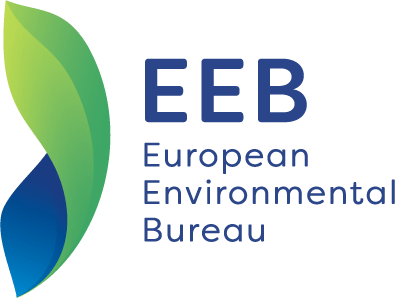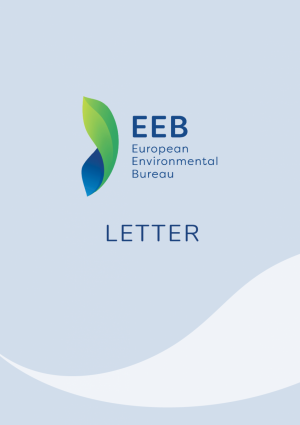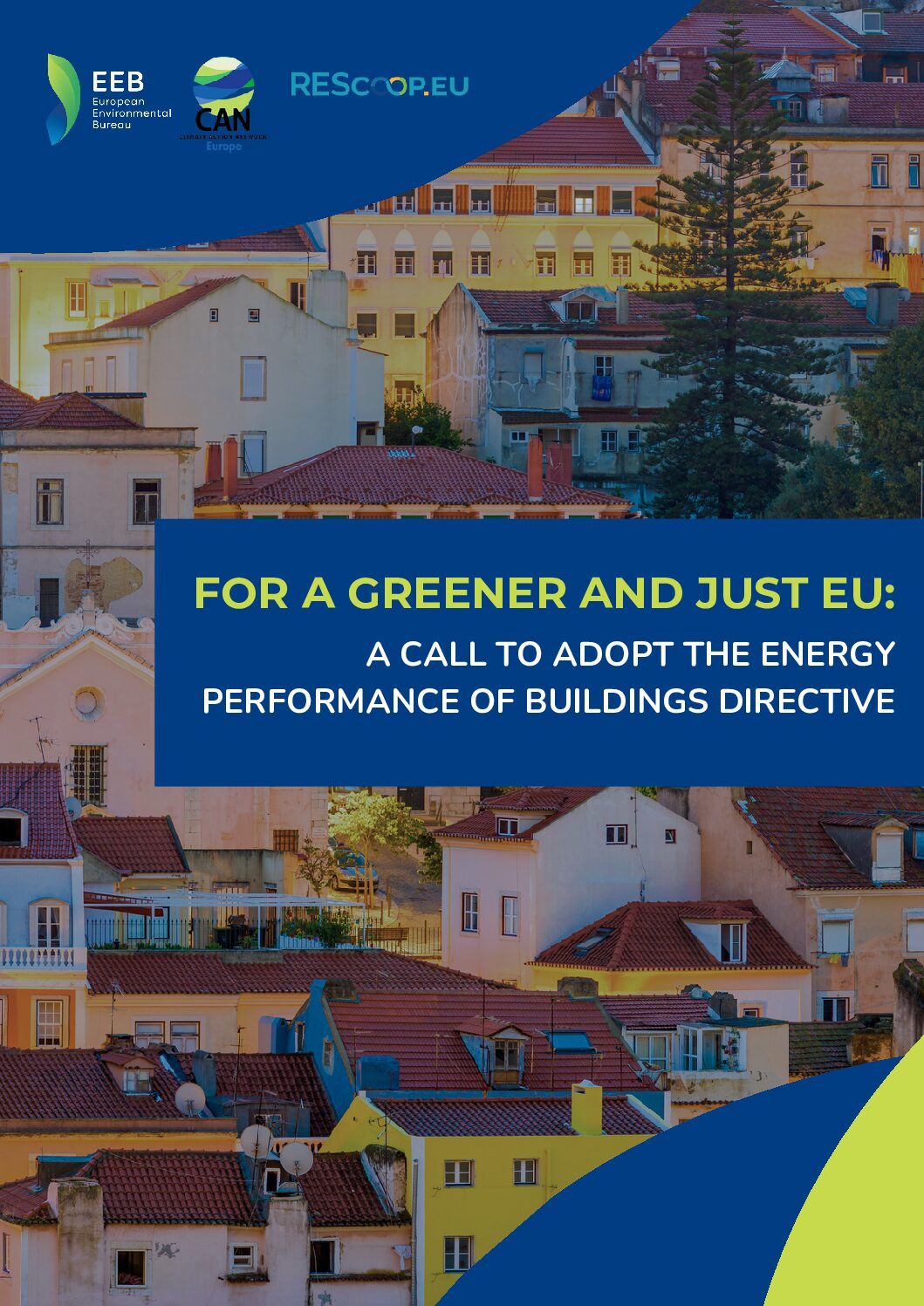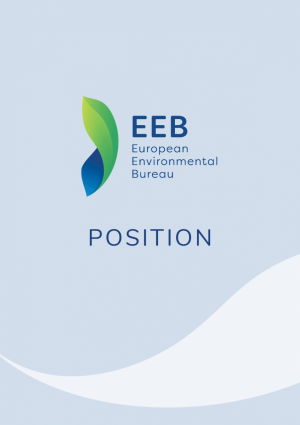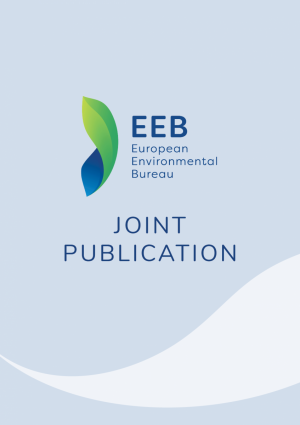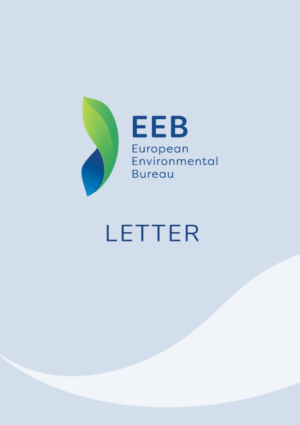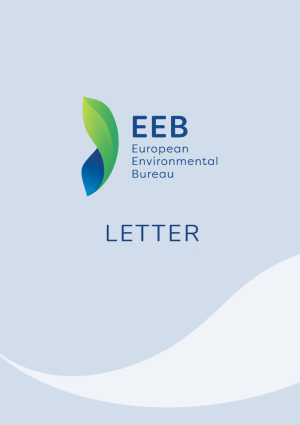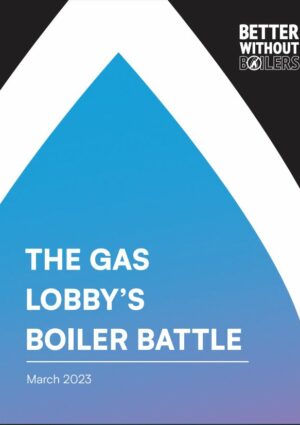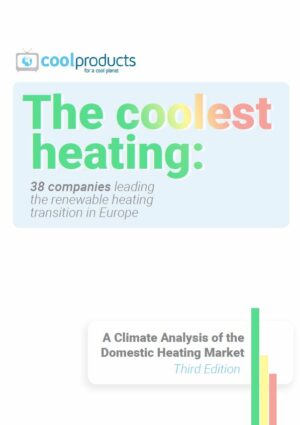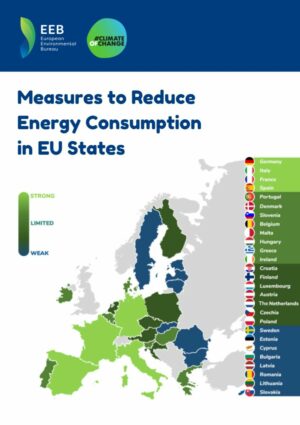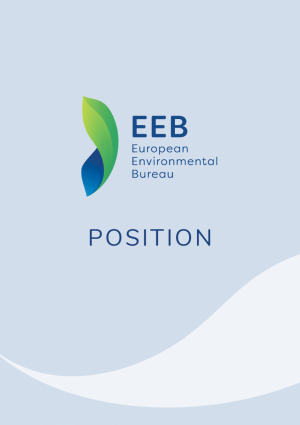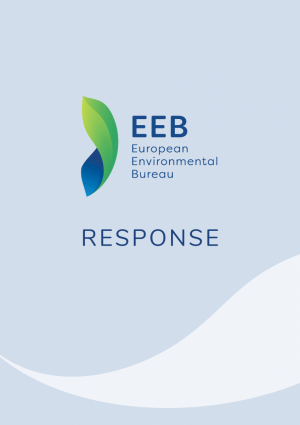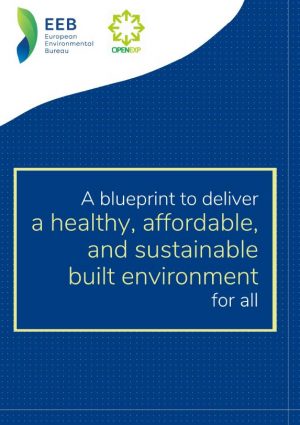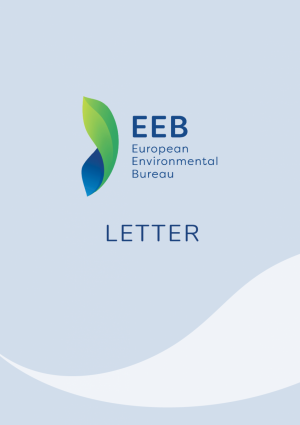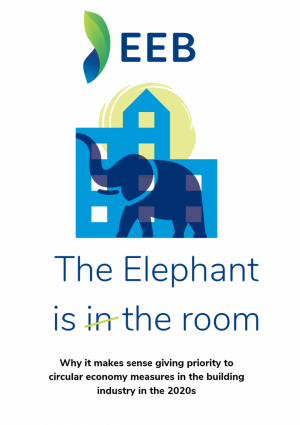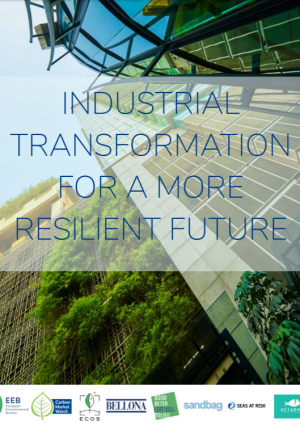It is essential that over the next 40 years, all the EU’s energy policies align with the goal of limiting global average temperature increase to 1.5°C, as agreed in the 2015 Paris Climate Deal.
Reducing energy use through sufficiency and efficiency measures is the backbone of any effective climate strategy. According to our estimate in the Paris Agreement Compatible (PAC) scenario, the EU’s energy demand must be halved by 2040 in order to allow the full substitution of nuclear and fossil fuels with renewables. Not only will reducing energy use contribute to climate protection, it will also help tackle energy poverty, cut energy costs for consumers, and reduce dependency on imported fuels.
Making reduction of energy use a policy priority is a driver for both technological innovation and social improvements. It can help create long-term jobs and improve people’s quality of life. Renovated buildings can be warmer and less polluted, for example.
Energy consumption must be reduced both in the use phase of products (with energy efficiency policies such as the Ecodesign or the Energy Efficiency Directive) as well as in their production phase, thereby reducing products’ carbon footprints (with sufficiency policies that can reduce the need of energy-intensive products such as steel, cement, batteries).
The EEB has contributed to the development of REFEREE, an innovative online decision-support tool for simulating and evaluating energy efficiency policies. The REFEREE tool assesses the impact of energy-saving policies, taxes, and subsidies on productivity, socioeconomic development, well-being, and the environment. To know more, click here.
We continue to urge EU policymakers to be as ambitious as possible with demand-side measures, ensuring Europe remains at the forefront of the clean energy revolution.
EU energy savings target for 2030
Savings in fossil fuel import bills for 2021-2030
